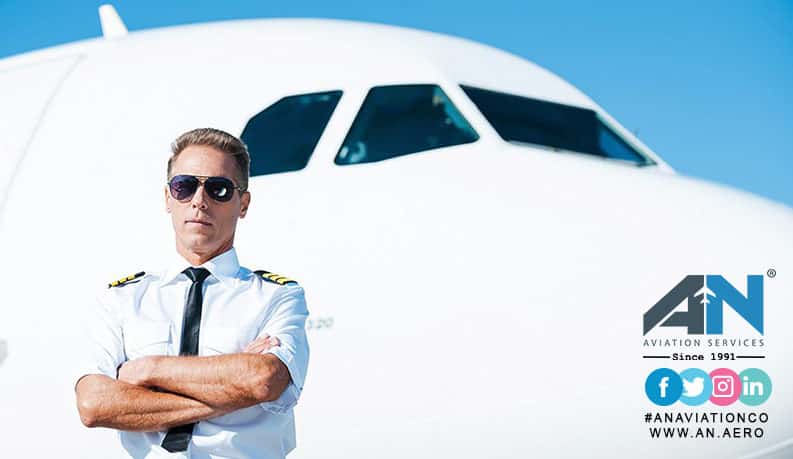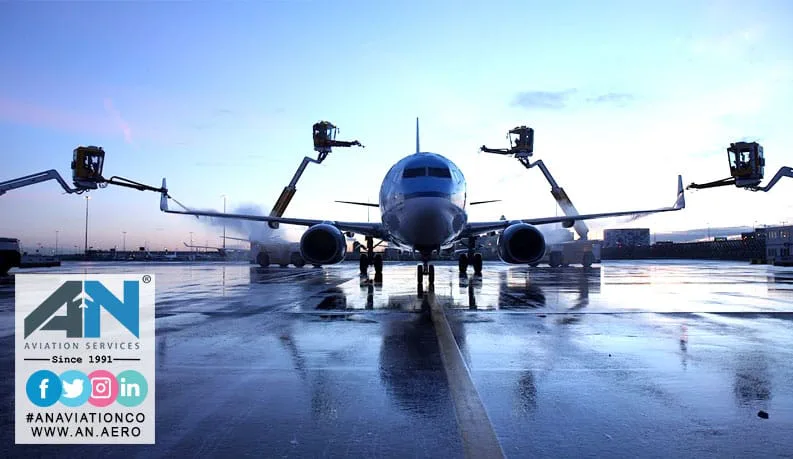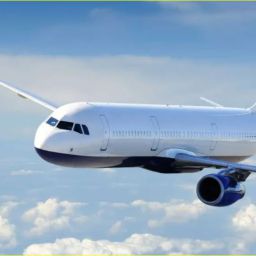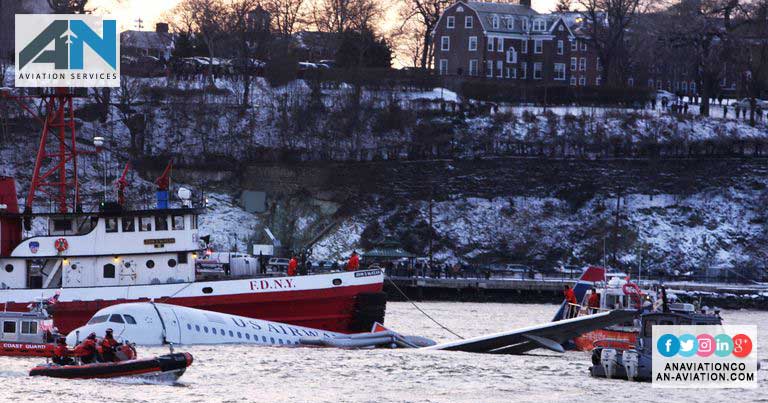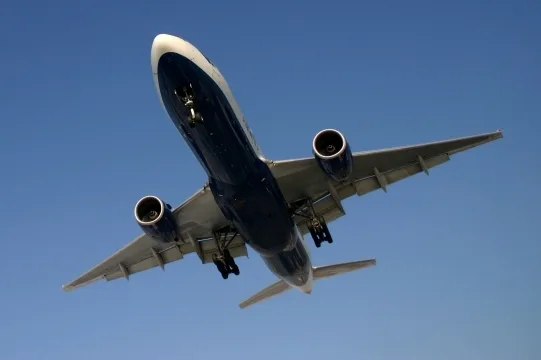
When you see an airplane gracefully turn in the sky, it’s the ailerons that make it happen. These small but essential parts of an aircraft’s control system are responsible for managing the plane’s roll and helping it perform smooth, controlled turns. But what exactly is an aileron, how does it work, and what role does it play in flight?
In this blog, we’ll explore the aileron, its purpose as a control surface, and how modern technologies like differential ailerons help manage adverse yaw for smoother flying. Whether you’re an aviation enthusiast or simply curious about how airplanes operate, this guide will explain everything in simple, easy-to-understand terms.
What is an Aileron?
An aileron is a hinged surface located on the trailing edge of an airplane’s wings. The word “aileron” comes from the French word for “little wing,” and it plays a key role in controlling the aircraft’s roll (the tilting movement from side to side). Ailerons are part of an aircraft’s control surfaces, which also include the rudder (controls yaw) and the elevator (controls pitch).
When a pilot wants to turn the aircraft, the ailerons are the control surfaces that come into play. By adjusting the lift on each wing, ailerons allow the plane to roll in the desired direction—whether that’s to the left or right. The ability to roll the aircraft is crucial for executing smooth turns while maintaining stability.
Where Are Ailerons Located?
Ailerons are typically found on the trailing edge (the rear) of each wing, near the wingtips. They always work in pairs—when one aileron goes up, the other goes down. This opposite movement creates the necessary difference in lift between the wings to make the aircraft roll.
Here’s how they work:
When the pilot moves the control stick or yoke to the left, the left aileron rises, decreasing lift on that wing, while the right aileron lowers, increasing lift on the right wing. This causes the airplane to roll to the left.
The reverse happens when the pilot moves the control stick to the right—the plane rolls to the right, allowing it to bank and turn in that direction.
How Ailerons Control Roll?
Roll refers to the rotation of an aircraft around its longitudinal axis (imagine a line running from the nose to the tail of the plane). The ailerons are responsible for controlling this rolling motion, which is critical for turns and maintaining balance in the air.
When a pilot moves the ailerons, it changes the amount of lift generated by each wing:
- The upward-moving aileron reduces lift on that wing by disrupting the smooth flow of air over the wing’s surface.
- The downward-moving aileron increases lift on the opposite wing by enhancing the airflow.
This difference in lift causes the plane to roll, tilting the wings and allowing the aircraft to change its direction. By controlling the roll, the pilot can make smooth turns, correct for uneven airflow, and maintain control during takeoff, cruising, and landing.
What Are Differential Ailerons?
In early aircraft designs, conventional ailerons moved equally but in opposite directions. However, this sometimes led to a problem called adverse yaw—a phenomenon where the nose of the airplane moves in the opposite direction of the turn, making it harder to maintain a smooth and coordinated flight.
To address this issue, differential ailerons were developed. Unlike conventional ailerons, differential ailerons are designed to move differently—typically, the upward-moving aileron moves more than the downward-moving one. This helps reduce adverse yaw and improves the overall efficiency of the turn.
By limiting the amount of downward movement on one aileron, differential ailerons reduce drag on that side of the plane, which in turn helps keep the nose of the aircraft pointed in the right direction during a turn. This results in smoother, more stable handling for the pilot.
Understanding Adverse Yaw and How Ailerons Help
Adverse yaw is a common side effect of using ailerons during turns. It occurs because the aileron that moves downward creates more drag than the upward-moving one, causing the plane’s nose to yaw (or rotate) in the opposite direction of the turn.
Here’s how it works:
- As one aileron moves downward, it increases lift but also creates more drag on that side of the plane. This extra drag pulls the nose of the aircraft in the opposite direction of the turn.
- For example, when turning right, the left aileron moves down to increase lift, but the added drag causes the plane’s nose to yaw to the left, creating adverse yaw.
To counteract this, pilots use the rudder to align the aircraft properly. The rudder is another control surface, located on the vertical tail of the airplane, and it controls yaw (the side-to-side movement of the nose). By applying the rudder in the same direction as the turn, the pilot can correct adverse yaw and keep the plane flying smoothly.
With differential ailerons, the problem of adverse yaw is minimized because the design automatically reduces drag on the side of the plane with the downward-moving aileron.
The Role of Ailerons in Different Flight Phases
Ailerons are used throughout the flight to maintain control and stability. Here’s how they contribute during different flight phases:
- Takeoff: During takeoff, ailerons help the pilot maintain level wings and correct for any crosswinds or turbulence that might tilt the plane. Small adjustments ensure the aircraft stays balanced as it gains altitude.
- Cruising: While cruising at a steady altitude, ailerons are primarily used for minor course corrections. Even though the airplane is flying level, the pilot can make small adjustments to the roll as needed to stay on the correct flight path.
- Landing: Ailerons are especially important during landing, where crosswinds or other environmental factors can cause the plane to tilt. The pilot uses ailerons to adjust the plane’s roll and ensure a smooth touchdown on the runway.
Ailerons and Other Control Surfaces: Working Together
While ailerons manage roll, they work alongside other control surfaces to give the pilot full control over the aircraft’s movement in all three dimensions:
- Rudder: Controls yaw, or the side-to-side movement of the aircraft’s nose.
- Elevator: Controls pitch, or the up-and-down movement of the aircraft’s nose.
When combined, these control surfaces allow the pilot to make smooth, coordinated maneuvers, ensuring safe and efficient flight. Whether it’s turning, climbing, or descending, the interaction between the ailerons, rudder, and elevator ensures the airplane behaves predictably and responsively.
Conclusion: Ailerons – The Key to Controlled Turning and Stability
Ailerons are an essential part of an airplane’s control system, allowing pilots to manage roll and execute smooth, stable turns. By adjusting the lift on each wing, ailerons give the pilot precise control over the aircraft’s direction and ensure that it can safely navigate through the air.
With the development of differential ailerons, modern planes have become even more efficient, reducing adverse yaw and making turns smoother than ever before. Whether you’re flying a small private plane or a large commercial jet, ailerons play a crucial role in keeping the aircraft safe, stable, and responsive.






